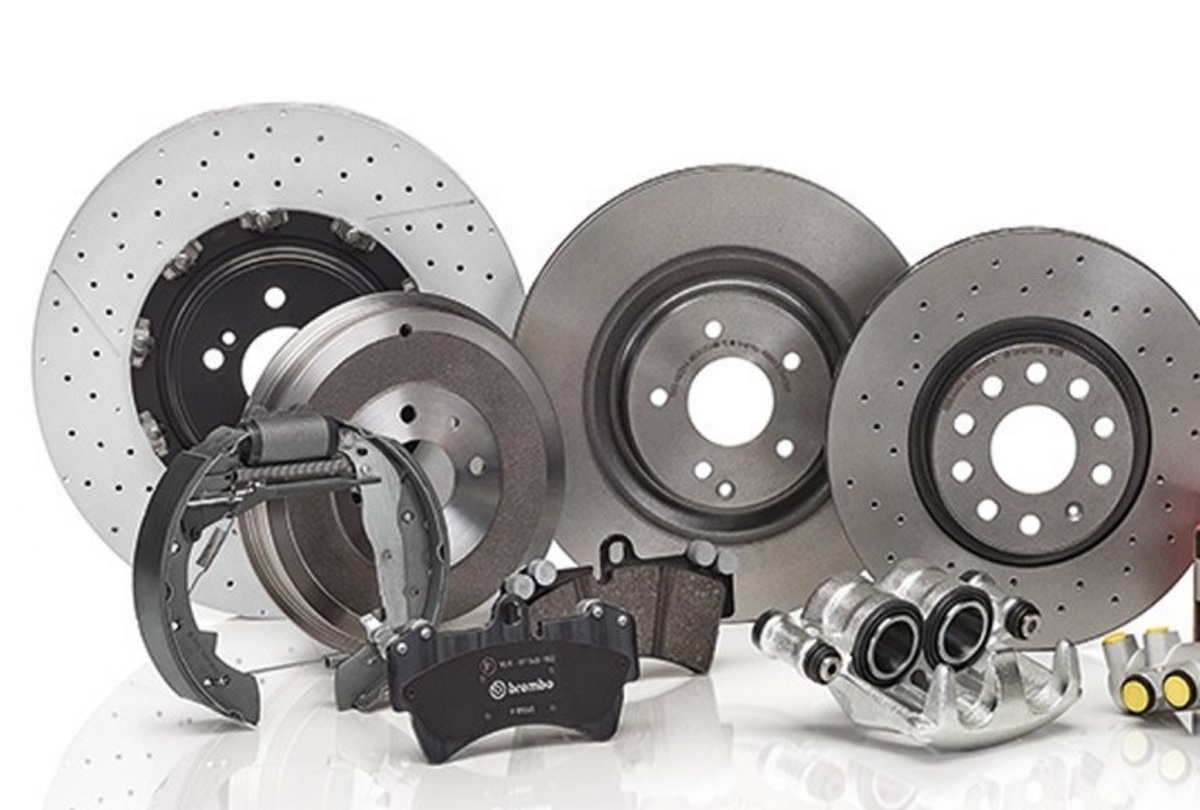
The global market for rheumatoid arthritis treatments is expected to grow at a CAGR of...
Learn More
Our consulting solutions address company specific challenges with respect to micro environment...
Learn More
Organizations frequently need day-today research guidancein order to gain strategic...
Learn More
Exploring different areas of market research and market analysis is a key factor...
Learn MoreAcute Market Reports presents the most extensive global business research services across industries. Our research studies focus on potential outcomes, benefits, and risks associated with each market segment across geographies. Having served our global clients for more than 10 years, our prime priority is to enable our clients in making well-informed business decisions through a data-driven, analytical, and uncomplicated research approach.
We provide access to the world's most comprehensive, analytical, and updated business intelligence services and solutions.




The digital ad spending market is expected to grow at a CAGR of 10.3% during the forecast period of 2025 to 2033, driven by several key factors that are shaping the industry landscape. The digital ad spending market in 2025 exhibited dynamic trends d...
Read More
The endpoint detection and response (EDR) market refers to the segment of the cybersecurity industry that focuses on detecting and responding to threats on endpoint devices such as laptops, desktops, servers, and mobile devices. EDR solutions provide...
Read More
The automotive braking component market is expected to grow at a CAGR of 4.3% during the forecast period of 2025 to 2033, driven by advancements in safety technologies, the emphasis on fuel efficiency and sustainability, and the rising demand for ele...
Read More




